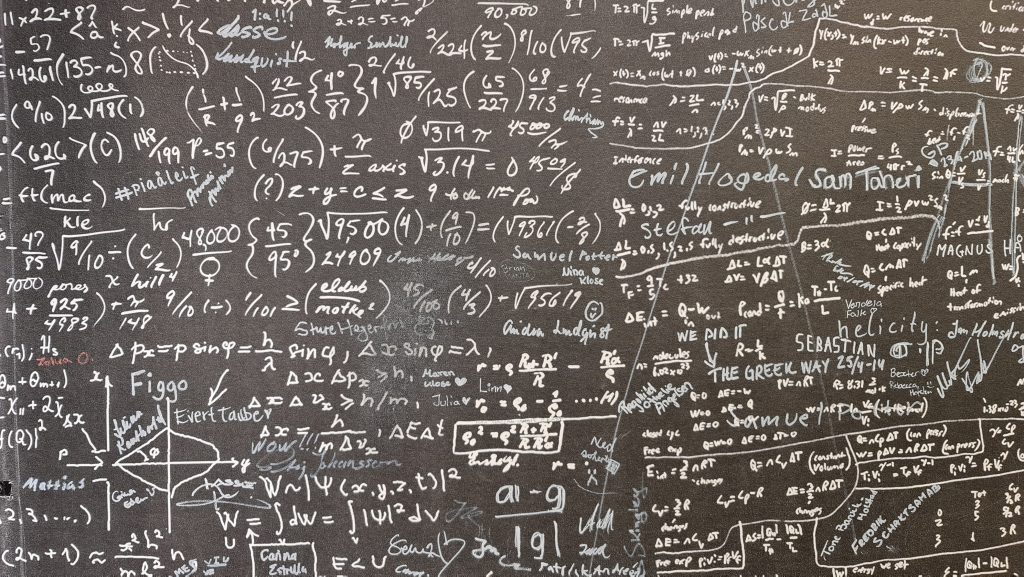The world of quantum computing has opened up exciting new frontiers in scientific research, promising unprecedented computational power that could revolutionize various fields. Quantum physics, the underlying foundation of quantum computing, operates on principles vastly different from classical physics. One of the most intriguing aspects of this emerging technology is its intricate relationship with mathematics. As both mathematics and quantum physics can be difficult technical concepts to understand, learning more about how they interact can help make them more accessible to a general audience. Additionally, understanding the underlying mathematical principles of quantum computers and other quantum devices can help designers and engineers develop more efficient technology, exploiting various capabilities.
Looking at quantum mechanics and mathematics
Quantum mechanics, the branch of physics that describes the behavior of particles at the quantum level, relies heavily on mathematical formalism for its formulation and analysis. The language of linear algebra, complex numbers, and probability theory provides the framework to express quantum states, transformations, and measurements. Quantum systems are represented using state values in a Hilbert space, which captures the various possible states of a quantum system. Mathematical operations such as inner products, tensor products, and unitary transformations enable the manipulation and evolution of quantum states, ultimately leading to computational applications. As much of quantum mechanics is represented by mathematics, many of those mathematical concepts are analyzed and manipulated by quantum engineers and developers working on quantum computers.
Mathematics in quantum information theory
Quantum information theory, a field that merges concepts from quantum mechanics and information theory, is crucial in studying quantum computing. Information theory provides a mathematical framework for quantifying and manipulating information. In the quantum realm, this theory extends to quantum entanglement, quantum teleportation, and quantum cryptography, all of which use mathematical concepts to function. Mathematical tools, such as density matrices, are employed to analyze and quantify the information-processing capabilities of quantum systems. The concept of qubits, the fundamental units of quantum information, relies on linear algebra and complex numbers to represent and manipulate quantum states. These are just a few examples of how mathematics interacts with quantum information theory.
Challenges and new mathematical frontiers
The development and utilization of quantum computers pose significant challenges, many of which are deeply rooted in mathematics. Quantum error correction, for instance, relies on advanced mathematical codes and algorithms to protect fragile quantum information from noise and errors. Mathematical research is essential to designing fault-tolerant quantum systems that can handle errors and scale up to larger qubit counts. Additionally, as quantum technology progresses, new mathematical frontiers, such as topological quantum computing and quantum machine learning, require novel mathematical concepts and techniques. As the development of quantum computing progresses, these developments spill over into mathematics research and vice versa. While quantum computing and math seem separate from each other, their interconnectivity allows them to progress forward with further study.
Kenna Hughes-Castleberry is a staff writer at Inside Quantum Technology and the Science Communicator at JILA (a partnership between the University of Colorado Boulder and NIST). Her writing beats include deep tech, quantum computing, and AI. Her work has been featured in Scientific American, Discover Magazine, Ars Technica, and more.
